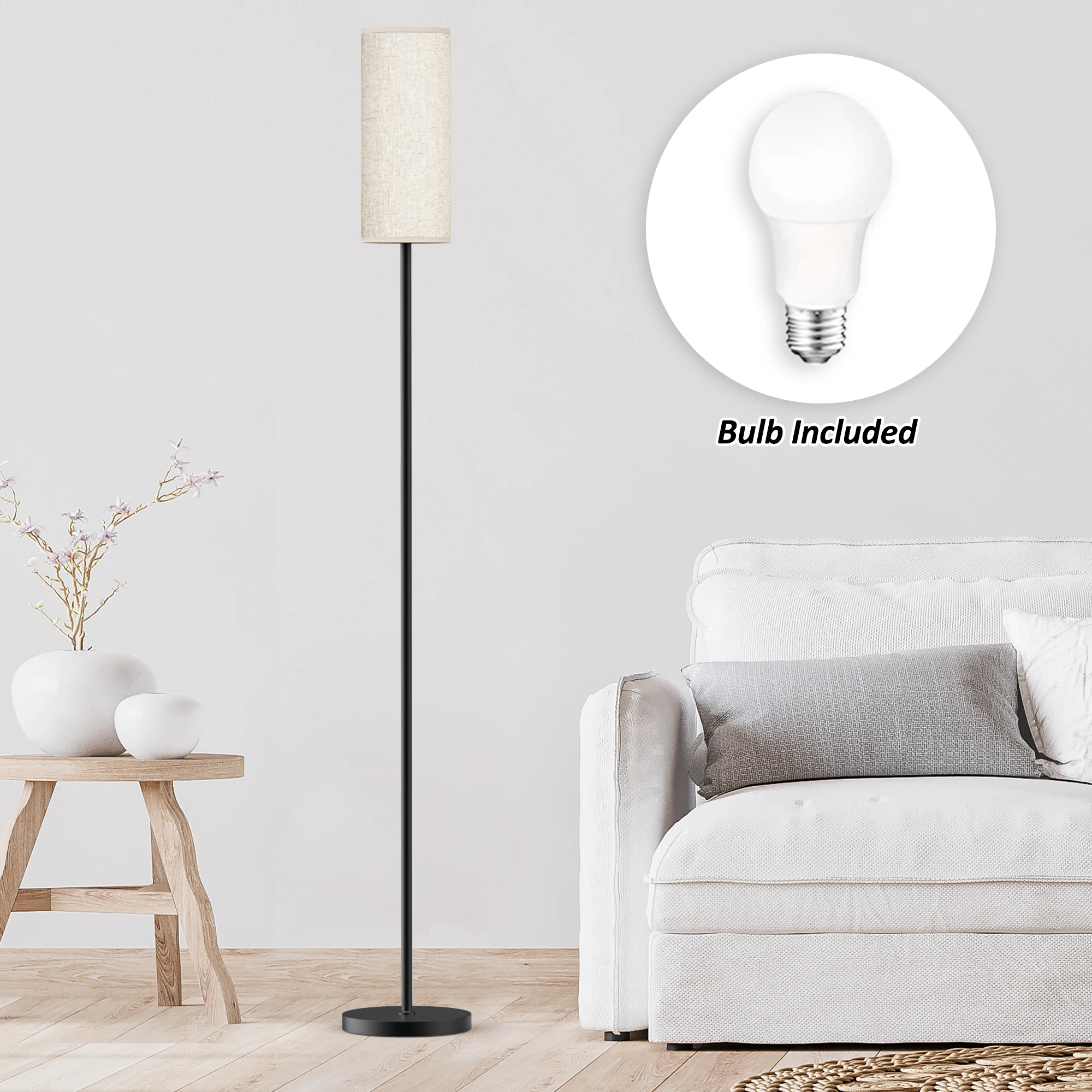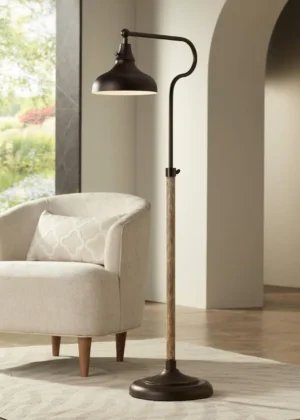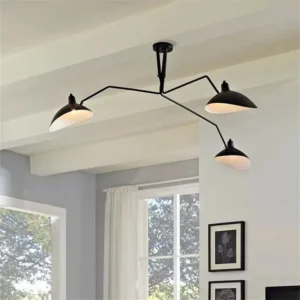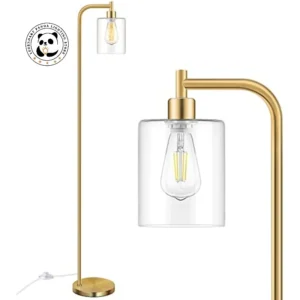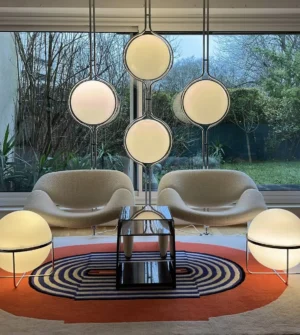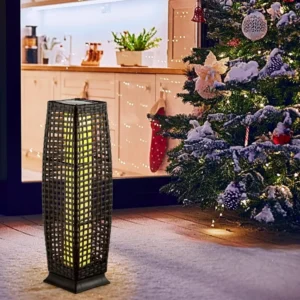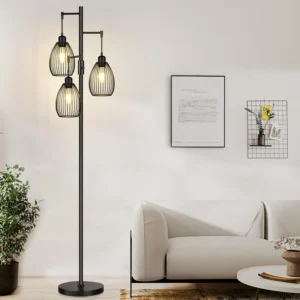Introduction to Arc Lamps and Their Significance
Arc lamps represent one of the most fascinating developments in the history of artificial lighting. These electrical devices produce light by creating an electric arc between electrodes, generating an intense glow that has served humanity for generations. The basic principle is elegant yet powerful: electric current flows through ionized gas between two electrodes, creating a plasma state that emits brilliant illumination.
The history of arc lamps stretches back to the early 19th century when they pioneered as the first practical electric light, predating even the incandescent bulb. These innovative light sources transformed public spaces and street lighting, bringing unprecedented brightness to urban environments that had previously relied on gas lighting. Understanding the purpose and evolution of arc lamps provides valuable context for appreciating their continuing relevance.
While newer lighting technologies have emerged over the decades, arc lamps maintain distinct advantages in specific applications. From their exceptional brightness to their unique spectral properties, these illumination sources continue to fill important niches in modern lighting solutions. Despite technological advances in LED and other lighting options, arc lamps offer particular benefits that alternative technologies struggle to match.
In the following sections, we’ll explore the key advantages that keep arc lamps relevant in today’s lighting landscape, from their remarkable luminous output to their specialized applications across various industries.
High Luminous Intensity and Brightness
Arc lamps stand out primarily for their extraordinary brightness and concentrated light output. These powerful illumination sources produce light several times brighter than equivalent wattage incandescent bulbs, making them unparalleled when sheer intensity is required. This exceptional brightness stems from the physics of the arc itself – the plasma state created between electrodes reaches extremely high temperatures, resulting in intense light emission from a relatively small area.
The concept of luminance – brightness per unit area – is where arc lamps truly excel. Their concentrated light source produces focused, brilliant illumination that few other technologies can match. This makes them ideal for applications requiring powerful, directed light from a relatively compact source.
Modern LED arc floor lamps have adapted these brightness principles for home use, but traditional arc lamp technology still dominates in situations requiring maximum light output:
- Searchlights capable of projecting visible beams for miles through the atmosphere
- Lighthouse illumination systems requiring long-distance visibility
- Stadium and large venue lighting where uniform, intense illumination must cover vast areas
- Film and theatrical projection systems where concentrated light must pass through small apertures
The brightness advantage becomes particularly evident when comparing output levels – traditional arc lamps can produce illumination 10-15 times brighter than incandescent bulbs of similar wattage, a difference immediately noticeable when both are viewed side by side.
Superior Color Rendering and Temperature
Beyond sheer brightness, arc lamps offer exceptional color reproduction capabilities that make them invaluable in applications where accurate color representation matters. Two key metrics help explain this advantage: color temperature and color rendering index (CRI). Color temperature describes the warmth or coolness of light (measured in Kelvins), while CRI indicates how accurately a light source reveals the true colors of objects compared to natural light.
Arc lamps, particularly xenon varieties, produce light with a spectrum remarkably similar to natural daylight. Operating typically in the 5500-6500K range, these lamps emit a crisp, white light that closely mimics the quality of noon sunlight. This natural reproduction makes arc lamps ideal for color-critical applications where seeing true hues matters tremendously.
Different arc lamp types offer distinctive color characteristics:
- Xenon arc lamps provide a sunlight-like spectrum with excellent CRI values often exceeding 90 (out of 100)
- Mercury arc lamps produce blue-rich light with significant ultraviolet output
- Metal halide arc lamps offer enhanced color properties through the addition of various metal salts
These properties make arc lamps particularly valuable in specialized settings like film projection, where the vibrant, accurate colors enhance the cinematic experience. Similarly, in photography lighting, medical illumination, and museum displays, the true-to-life color rendering helps professionals see details with maximum clarity. Modern LED arc floor lamp designs incorporate elements of this color quality into more energy-efficient packages for home use, though specialized applications still benefit from traditional arc lamp technology.
Precise Directional Light and Point Source Characteristics
One of the most significant technical advantages of arc lamps lies in their “point source” nature – they produce light from an extremely small area rather than a diffused surface. This concentrated origin point gives arc lamps unique optical properties that diffused light sources simply cannot match.
In lighting science, a true point source allows for precise manipulation through optical systems. Arc lamps create light from an arc gap often just millimeters or even fractions of a millimeter wide, providing an almost ideal point source for applications requiring exact optical control. This characteristic enables efficient focusing, beam shaping, and projection over long distances.
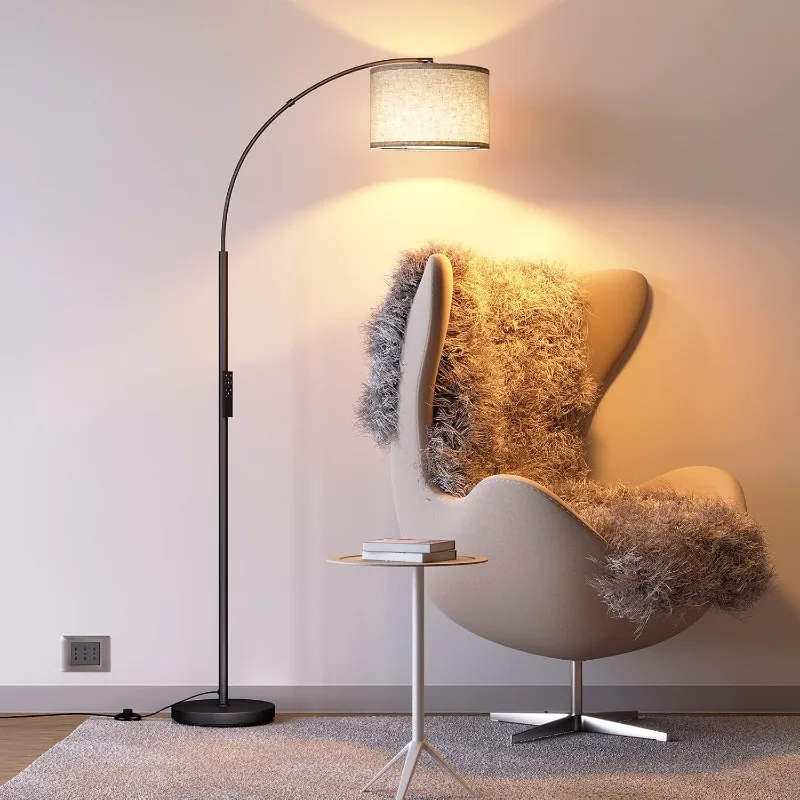
The directional advantages of arc lighting have influenced even residential lighting, where adjustable arm arc floor lamps provide targeted illumination that can be precisely positioned. In more specialized applications, the point source characteristics prove even more valuable:
- Microscopy illumination requires concentrated light directed through precise optical paths
- Telescope and observatory instruments need controllable, focused light sources
- Theater spotlights depend on well-defined beams with minimal scatter
- Scientific instruments requiring collimated (parallel) light benefit from the near-point source nature
- Fiber optic illumination systems achieve maximum efficiency when light originates from a concentrated point
This directional precision reduces wasted light and ensures maximum energy reaches the intended target, contributing to the efficiency advantages discussed in the next section.
High Efficiency in Specialized Applications
While modern LEDs have surpassed traditional arc lamps in general energy efficiency, arc lamps maintain surprising efficiency advantages in specific applications. To understand this apparent contradiction, we must consider efficiency in context – lumens (light output) per watt (energy consumed) doesn’t tell the complete story.
Historically, arc lamps represented a significant efficiency improvement over early incandescent technology. Today, they remain remarkably efficient in specialized applications, particularly those requiring specific wavelengths or extremely high total output. The energy-to-light conversion benefits become most apparent in contexts where concentrated output matters more than overall efficiency.
The benefits of adjustable arc lamps include efficiency considerations that become particularly evident in certain scenarios:
- High UV output efficiency for germicidal applications and industrial curing processes
- Concentrated visible light output for projection systems where all light must pass through small apertures
- Lower heat-to-light ratio compared to some alternatives in specific spectral ranges
- Energy efficiency advantages when very high brightness from a single source is the primary requirement
These efficiency characteristics often make arc lamps the practical choice despite the theoretical efficiency advantages of newer technologies. When total light output at specific wavelengths matters more than watts consumed, arc lamps frequently provide the optimal solution.
Exceptional Heat Tolerance and Operation
Unlike heat-sensitive lighting technologies such as LEDs, arc lamps are designed to thrive at extremely high operating temperatures. In fact, proper arc lamp function depends on reaching these elevated temperatures – the arc itself can reach several thousand degrees, a condition that would destroy most other light sources but is essential for optimal arc lamp performance.
This heat tolerance provides distinct advantages in certain applications and environments. While LEDs require extensive heat sinks and cooling systems to prevent degradation, arc lamps operate efficiently at temperatures that would cause other technologies to fail entirely. This characteristic enables remarkably compact, high-power designs that would be impossible with heat-sensitive alternatives.
Understanding the lifespan of an arc lamp helps illustrate how this heat tolerance affects performance over time. The high-temperature operation provides particular benefits in:
- Enclosed fixtures where heat naturally accumulates and becomes difficult to dissipate
- High-power lighting applications in compact spaces where cooling options are limited
- Environments with ambient heat concerns that would compromise temperature-sensitive technologies
- Outdoor applications subject to temperature fluctuations that might stress other lighting systems
This inherent heat resilience contributes significantly to the durability and reliability of arc lamps in demanding environments, directly influencing their operational lifetime.
Long Operational Lifetime for Specialized Types
While general-purpose lighting has largely shifted to technologies with longer lifespan ratings, certain arc lamp variants offer impressive longevity for their specialized applications. The operational lifetime varies significantly between different arc lamp technologies, with some offering remarkably durable performance in appropriate settings.
Typical lifetime ranges for various arc lamp types include:
- Xenon arc lamps: 1,000-10,000 hours depending on type and application
- Mercury arc lamps: up to 24,000 hours in certain specialized uses
- Metal halide arc lamps: 6,000-20,000 hours with proper operation
Several factors influence these lifespans, including operating power, cycling frequency (how often the lamp is turned on and off), and environmental conditions. Modern dimmable arc floor lamps incorporate features to extend lamp life while providing flexible illumination levels.
The durability of high-quality arc lamps in demanding environments often makes them cost-effective despite higher initial purchase prices. When factoring in maintenance needs and replacement intervals, the lifetime value proposition becomes compelling for applications where their unique advantages matter most.
Key Applications Leveraging Arc Lamp Advantages
The combination of brightness, color quality, directional precision, and other advantages makes arc lamps indispensable across several specialized fields. These applications leverage the unique properties of arc lamps to achieve results difficult to replicate with alternative technologies.
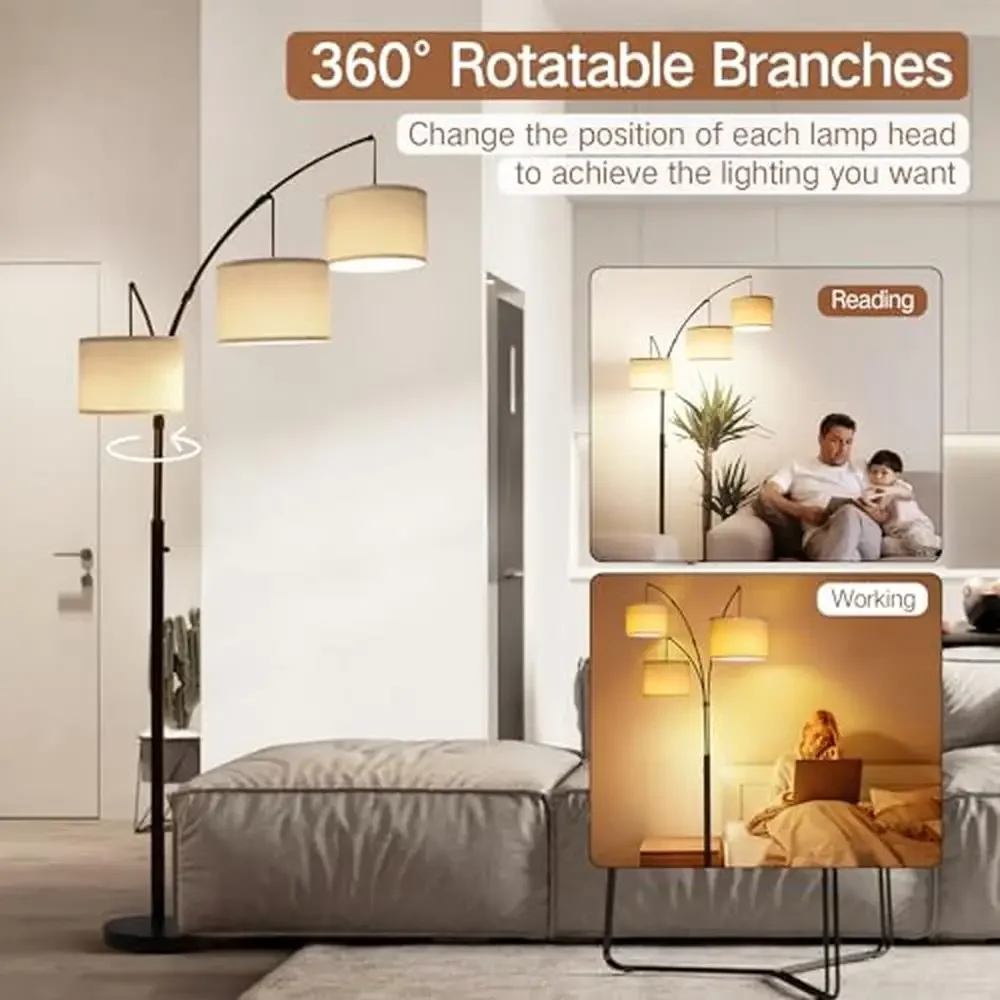
Projection and Cinema
- Arc lamps dominated film projection for decades due to their unmatched brightness and color rendering
- IMAX and large-format projection still rely on high-power xenon arc lamps for their immense screens
- Digital cinema projection often utilizes specialized arc lamps despite advances in alternative technologies
- Home theater enthusiasts sometimes prefer compact arc lamp projectors for their superior contrast and color
Scientific and Research Applications
- Microscopy and laboratory illumination benefit from the precise directional control and spectral properties
- Spectrometry and analytical equipment use specialized arc lamps for consistent wavelength production
- Solar simulation for material testing requires the sunlight-like spectrum that xenon arc lamps provide
- Medical diagnostic equipment relies on specific wavelengths produced efficiently by certain arc lamp types
Industrial and Commercial Uses
- UV curing processes in manufacturing depend on the ultraviolet output of mercury and metal halide arc lamps
- Lithography applications in electronics production require precise wavelength control
- Photochemical processes in various industries utilize specific spectral outputs available from arc lamps
- Quality control and inspection lighting uses arc lamps’ high-intensity illumination for defect detection
Modern interior design has also embraced the aesthetic and functional qualities of arc lighting through multi-light arc floor lamps that bring elegant illumination to contemporary spaces.
Arc Lamps in Modern Lighting: Current Relevance
As lighting technology advances, the role of arc lamps continues to evolve. While LEDs, lasers, and other modern sources have replaced arc lamps in many general lighting applications, niche areas remain where arc technology maintains distinct advantages difficult to replicate with alternatives.
The specialized markets where arc lamps continue to dominate share common requirements: extremely high brightness, specific spectral characteristics, point-source properties, or combinations of these factors. Modern arc lamp designs have incorporated technological improvements to enhance efficiency, lifespan, and safety while preserving their core advantages.
The flexible lighting options of arc lamps continue to evolve alongside newer technologies, creating hybrid systems that combine traditional arc lamp benefits with modern controls and efficiency features. This adaptability ensures their continued relevance in specialized applications despite broader technological shifts.
Looking forward, arc lamp technology continues to develop in specialized directions rather than competing directly with general-purpose lighting alternatives. As with many mature technologies, arc lamps have found their optimal niches – applications where their unique properties provide irreplaceable benefits rather than incremental improvements.
When to Choose Arc Lighting for Interior Spaces
Beyond technical and industrial applications, arc-style lamps have found an enduring place in interior design and home lighting. Modern arc floor lamps have become statement pieces that combine functional illumination with sculptural aesthetic appeal. Their distinctive curved forms create visual interest while delivering practical lighting solutions for contemporary living spaces.
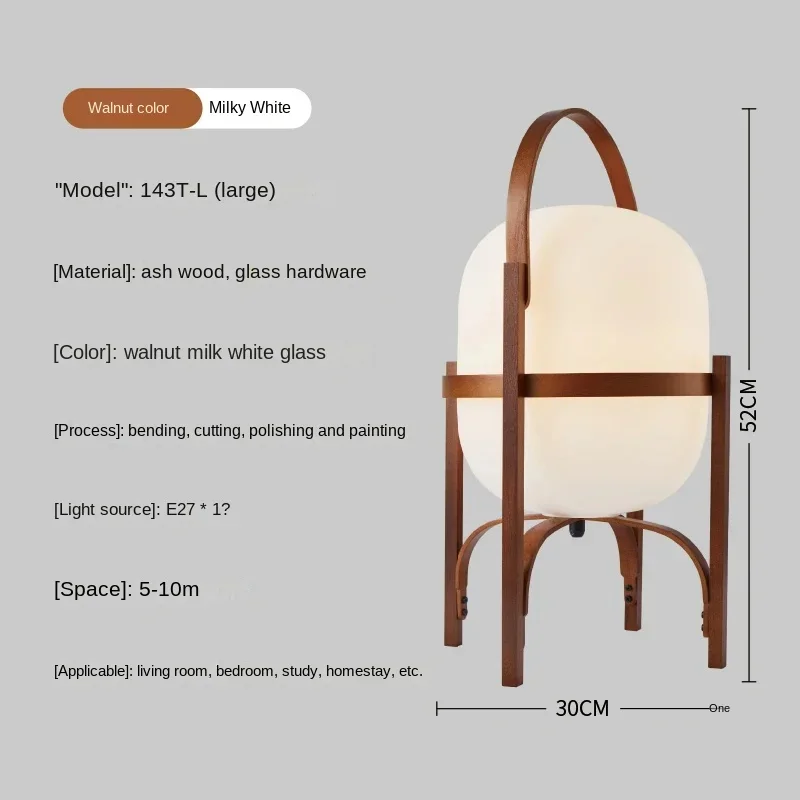
Contemporary interior design frequently utilizes arc floor lamps to create focal points and define functional areas within open-concept spaces. The dramatic sweep of an arc lamp can draw attention, add height variation to a room’s lighting scheme, and provide targeted illumination exactly where needed. Understanding when to use an arc floor lamp helps homeowners make informed decisions about incorporating these distinctive fixtures.
When selecting arc lighting for home interiors, consider several important factors:
- Scale and proportion relative to the room size and ceiling height
- Adjustability features that allow repositioning as needs change
- Base stability to ensure safety, particularly in homes with children or pets
- Light quality and dimming capabilities for varied activities and moods
Modern arc-style interior lamps maintain the elegant silhouette of traditional designs while incorporating contemporary safety features and convenient operation for everyday use.
Adjustable Arc Floor Lamp, Bronze Arc Floor Lamp
Price range: $440.95 through $558.52 Select options This product has multiple variants. The options may be chosen on the product page- Price range: $174.28 through $658.31 Select options This product has multiple variants. The options may be chosen on the product page
Brass Arc Floor Lamp, Contemporary Arc Floor Lamp, LED Arc Floor Lamp
Price range: $490.72 through $522.04 Select options This product has multiple variants. The options may be chosen on the product pageChrome Arc Floor Lamp, LED Arc Floor Lamp
Price range: $304.95 through $1,210.40 Select options This product has multiple variants. The options may be chosen on the product pageLED Arc Floor Lamp, Rattan Arc Floor Lamp
$313.58 Select options This product has multiple variants. The options may be chosen on the product page3 Light Arc Floor Lamp, Dimmable Arc Floor Lamp
Price range: $162.86 through $246.50 Select options This product has multiple variants. The options may be chosen on the product page
At Interior Ivy, we carefully select arc lamps that balance striking design with practical functionality, ensuring each piece enhances both the aesthetic and illumination quality of your space.
Arc Lamp Alternatives: When to Consider Other Options
While arc lamps offer distinct advantages, they aren’t the ideal solution for every lighting need. Understanding when alternative technologies might better serve your requirements helps ensure optimal results for each application.
Q: When might LED lighting be preferable to traditional arc lamps?
A: For general home and office illumination where energy efficiency, low maintenance, and long life are priorities, modern LED fixtures typically offer better overall performance and lower operating costs.
Q: How do maintenance requirements compare?
A: Arc lamps generally require more frequent replacement and specialized handling compared to LED alternatives. If ease of maintenance is critical, particularly in difficult-to-access installations, newer technologies often provide advantages.
Q: What about space constraints?
A: Traditional arc lamp technology often requires more space for safe operation due to heat generation and optical components. In extremely compact applications, alternative technologies might provide more practical solutions.
Q: Are there safety considerations that might favor alternatives?
A: Some traditional arc lamps operate at high pressures or contain specific gases requiring special handling precautions. For applications where simplified safety protocols are important, newer technologies might offer advantages.
Modern adjustable arc floor lamps often incorporate LED technology to combine the distinctive aesthetic of arc lighting with the practical benefits of contemporary light sources, offering an excellent compromise for home environments.
The key to making the right lighting choice lies in carefully matching the technology to your specific requirements, considering both the unique advantages of arc lamps and the practical benefits of newer alternatives.

